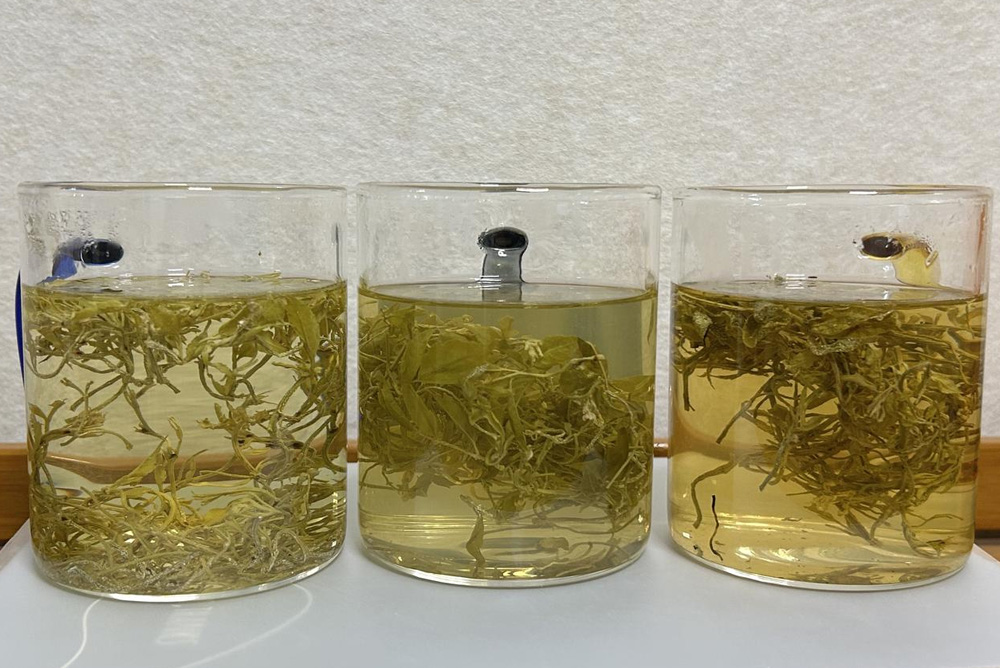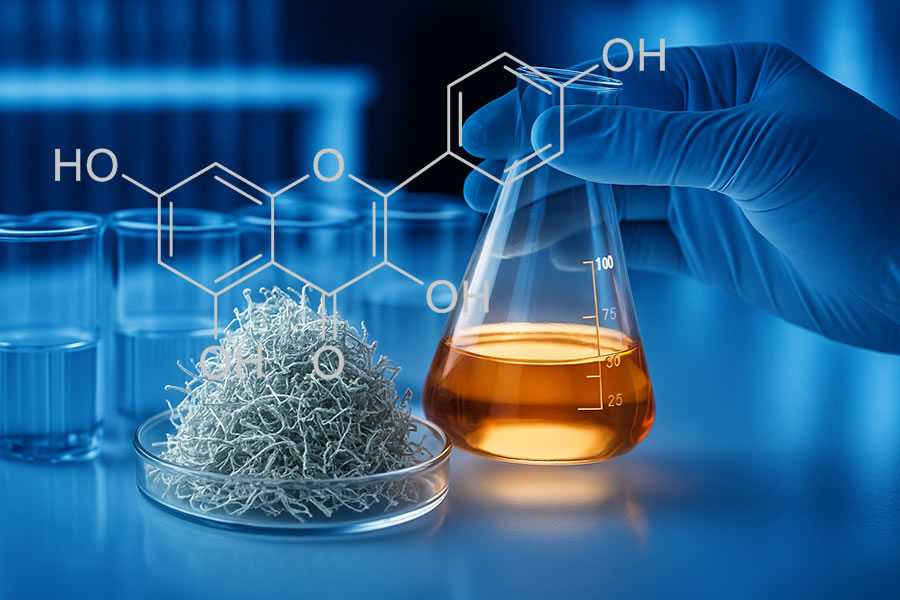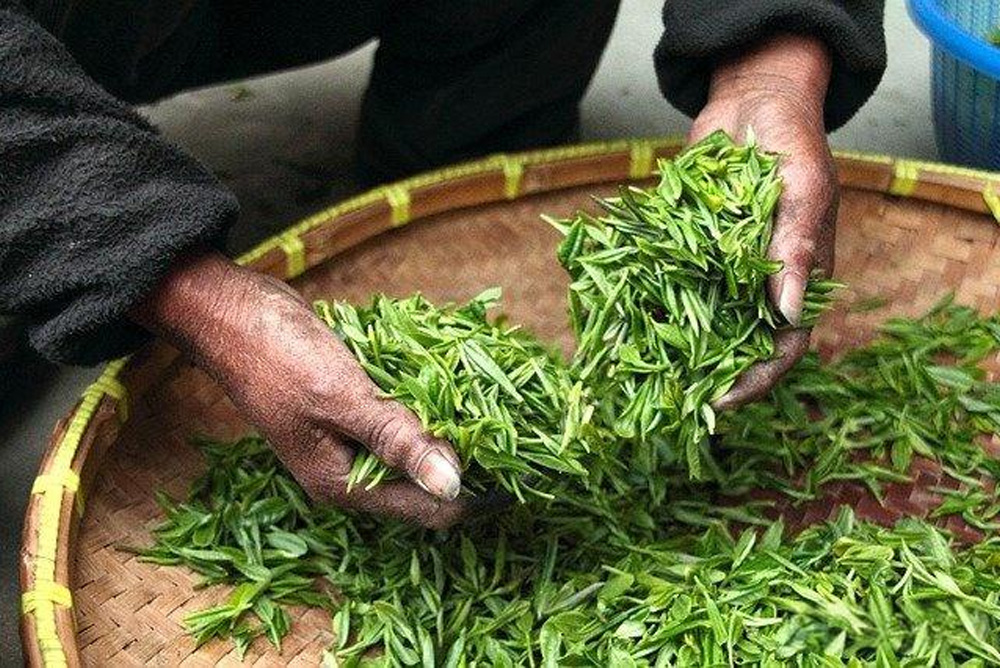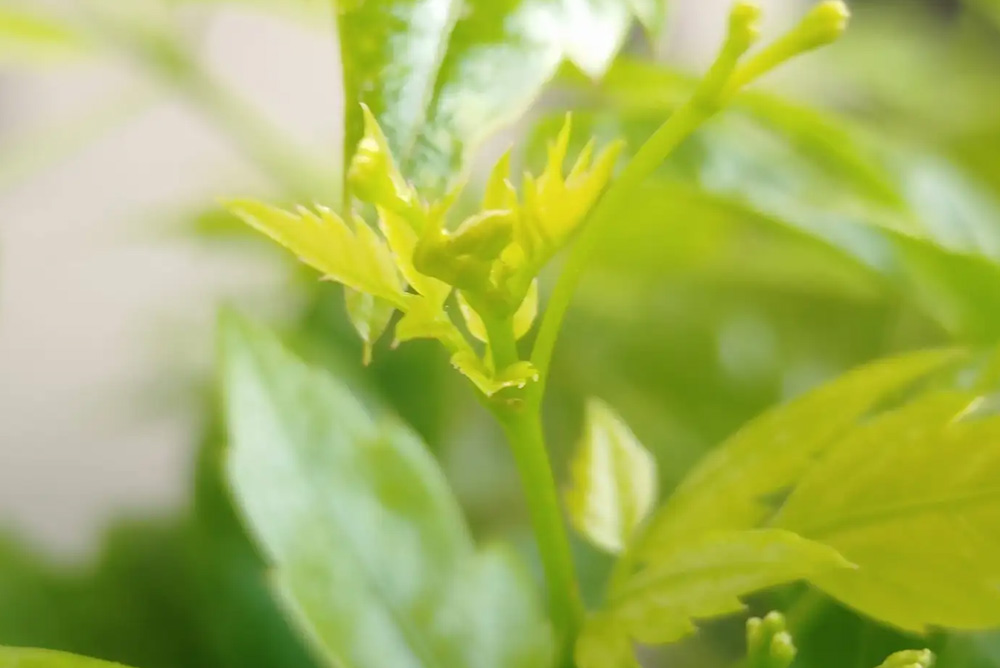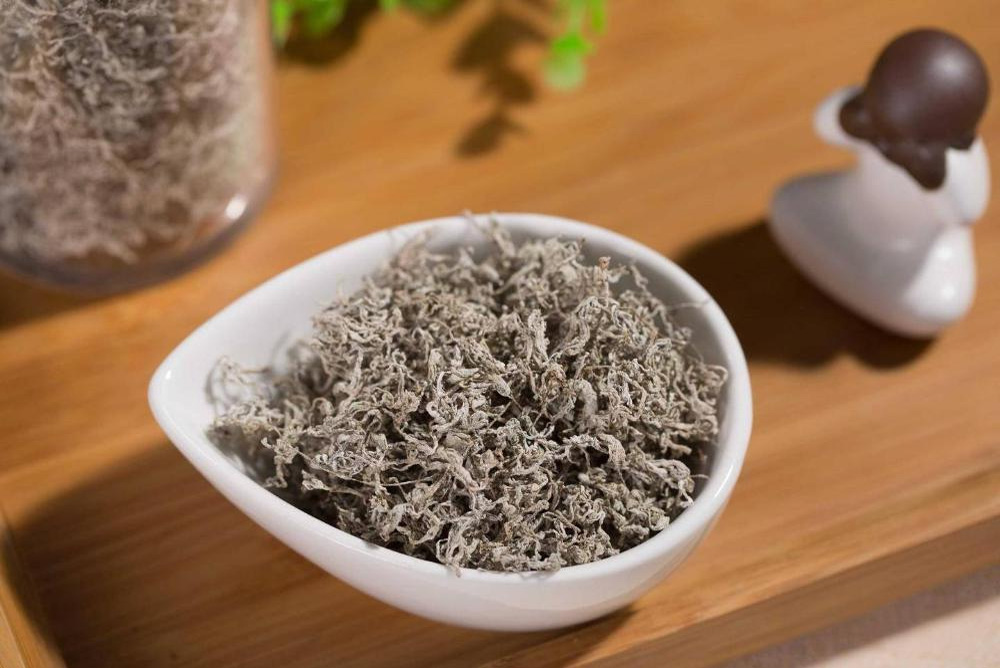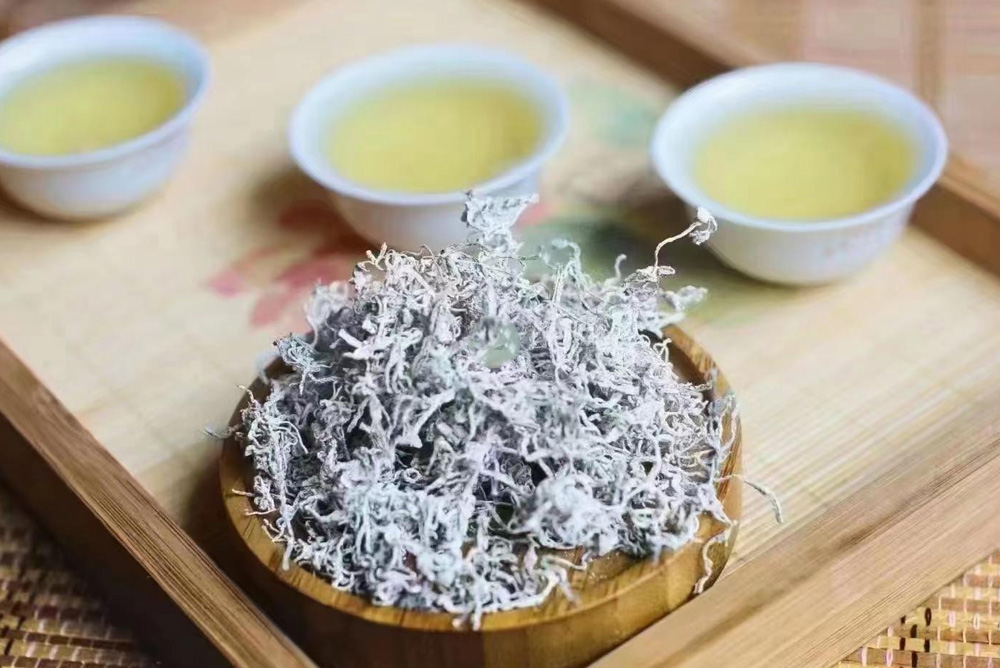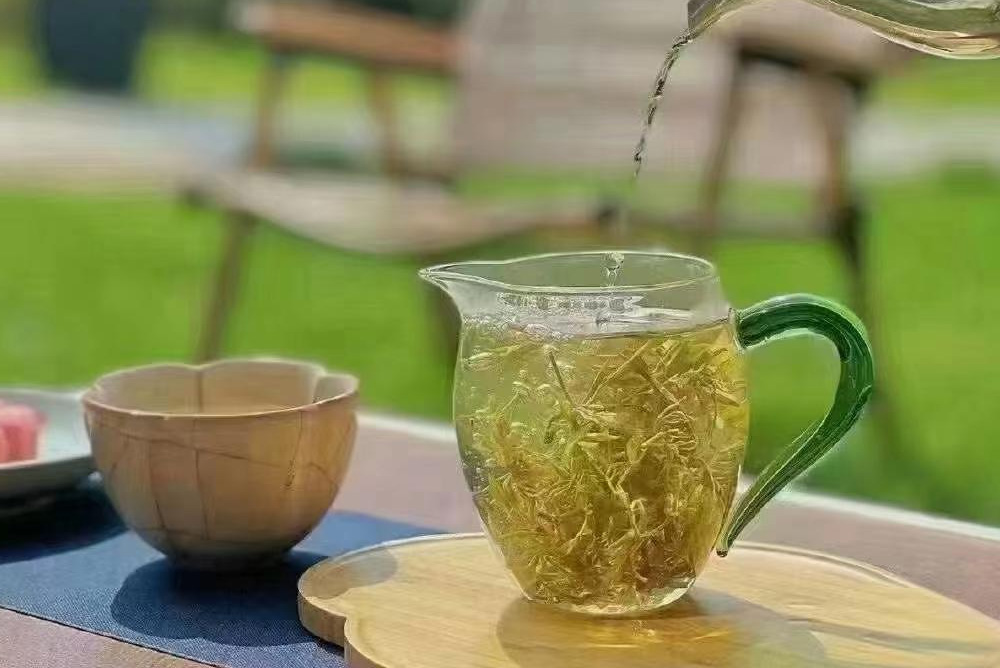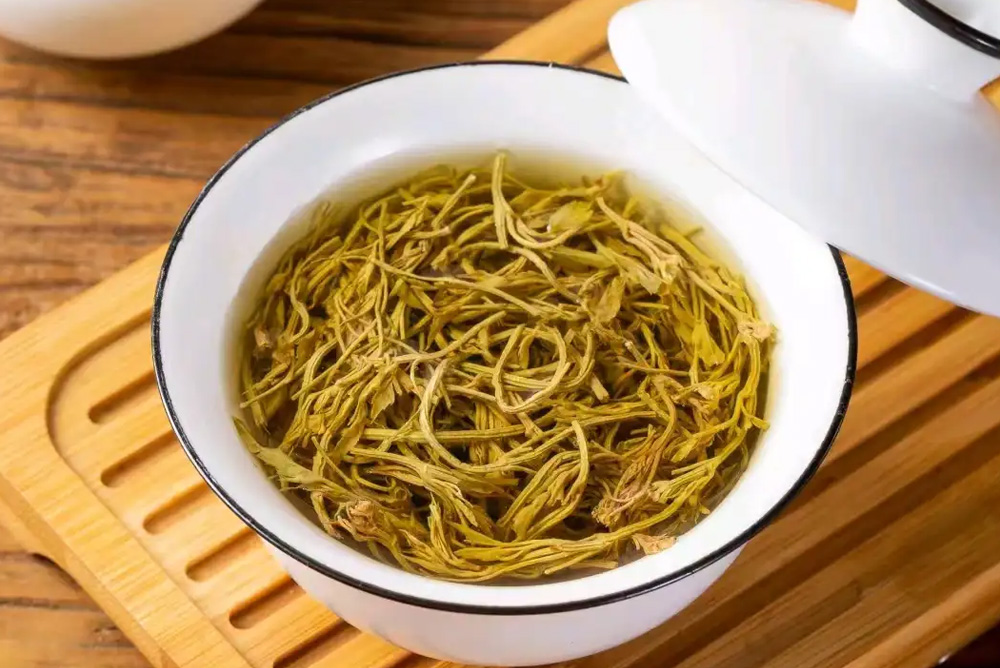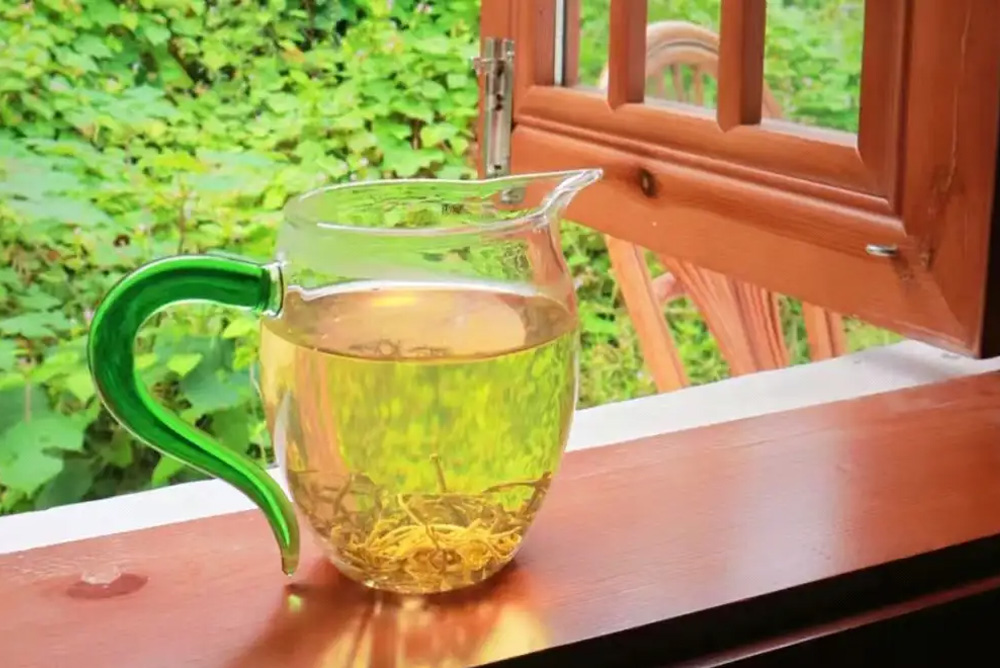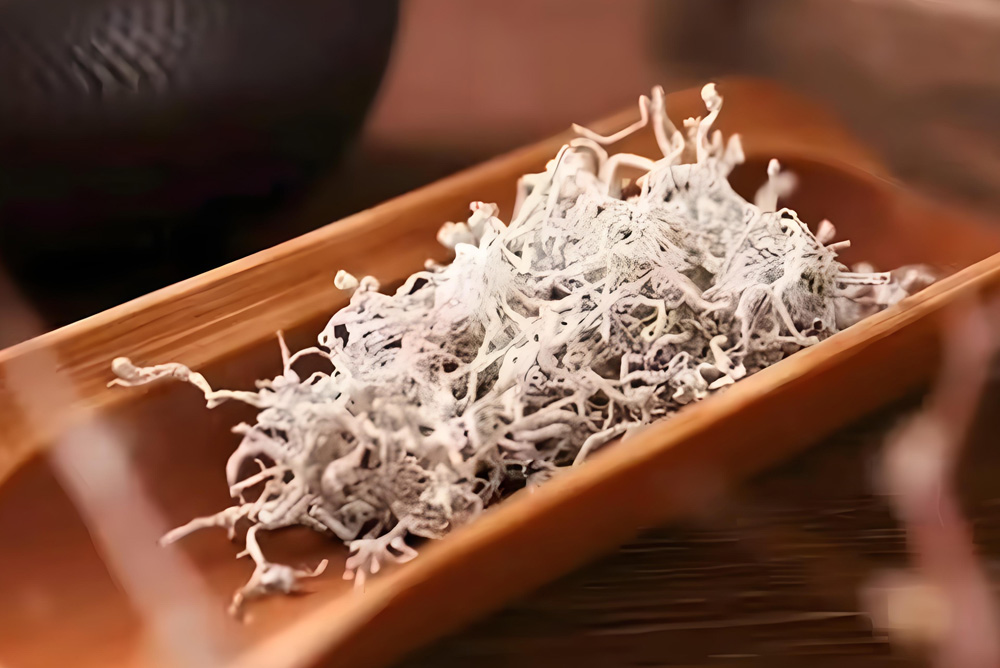Vine tea—also known by its botanical name ampelopsis grossedentata—is loved for its crisp taste, clean finish, and natural flavonoids. But as demand rises, so does the mix of quality on the market. If you’re a buyer, distributor, or curious tea fan, here’s a clear, grade-7 friendly guide to avoid “garbage” vine tea and choose the good stuff.
1) Look at the Dry Leaf: Shape & Color
Premium vine tea (tender tips):
-
Picked from young tips, typically 3–5 cm long
-
Fine, tight strands—often called “dragon whiskers”
-
Very few stems; overall even and tidy
-
A natural gray-white or silver frost on the surface (that’s flavonoid crystals)
Low-quality (“trash”) vine tea:
-
Large, coarse leaves with long, thick stems
-
Loose, messy appearance; uneven lengths
-
Frost looks too chalky white or dull/blackish (often a red flag for poor processing or storage)
2) Smell the Aroma
High quality: a light clean grassy aroma, like sun-dried meadow. Fresh and natural.
Low quality: any musty/moldy smell or sharp, chemical-like scent suggests poor storage or additives. Hard pass.
3) Taste Test: First Bitter, Then Sweet
What you want: a classic vine tea profile—light bitterness upfront, then a long, pleasant sweetness (quick and steady “hui gan”). Mouth-watering, refreshing, and clean.
What to avoid: overly harsh bitterness, no return sweetness, astringent or odd aftertaste. If your tongue feels rough or coated, quality’s likely off.
4) Check the Liquor & the Leaf Base (After Brewing)
Brew correctly first:
-
2–3 g per 300–400 ml
-
95°C+ water, no rinse (the white frost is flavonoids—don’t wash them away)
-
First brew releases ~70% of active compounds; by the second, you’re near 90%. Generally 2–3 infusions max.
Good vine tea liquor:
-
Pale yellow to golden, clear and bright, no floating debris
Good leaf base :
-
Clean, tender tips unfurl and look plump, lively, elastic
-
Color is fresh yellow-green, stems are minimal
Poor quality signs:
-
Liquor is cloudy, too dark or oddly pale
-
Many floaters or visible debris
-
Leaf base looks dull, large-leafed, stemmy, or “lifeless” after brewing
5) Feel the Dryness
Top-grade vine tea is well-dried. Rub a strand gently: it should crush crisply into powder. If it feels damp, leathery, or won’t break down, drying or storage may be subpar.
What Makes Vine Tea Special?
Unlike traditional Camellia sinensis teas, ampelopsis grossedentata is a vine. Its surface white frost is primarily flavonoid crystals—that’s the good stuff. Don’t rinse it away. Brew hot, sip warm, enjoy the fast “bitter-to-sweet” flip and that smooth, lingering finish.
Wrap-Up
Choosing great vine tea (ampelopsis grossedentata) isn’t hard when you know what to look for: fine tips, natural frost, clean aroma, bright liquor, lively leaf base, and crisp dryness. Use this checklist, and you’ll dodge “garbage” tea with ease.
Looking for reliable, origin-true supply?
At JINQI Vine Tea Co., Ltd. (Laifeng County), we grow and process under GMP standards, with Green Food Base certification, full traceability, and independent batch testing—so every shipment arrives clean, consistent, and rich in natural flavonoids.
FAQs
Q1: Is the white frost on vine tea mold?
No. It’s flavonoid crystals—a natural, beneficial feature of quality vine tea.
Q2: What color should vine tea liquor be?
Pale yellow to golden, clear and bright. Cloudy or very dark liquor is a warning sign.
Q3: Should I rinse vine tea before brewing?
Don’t rinse. You’ll wash away the flavonoids (the white frost) that carry the benefits and flavor.

